Associated gas produced from Kuwait Oil Company’s West Kuwait (WK) area is termed as Sour gas due high Hydrogen Sulphide (H2S) and carbon Di-oxide (CO2) concentration in gas. These sour components from gas needs to be removed before exporting it to Liquefied Petroleum Gas (LPG) plant at Mina Ahmadi Refinery for further processing. A Chemical absorption process called gas sweetening achieves removal of H2S & CO2 from Sour Gas. After sweetening Process, the sweet gas is further dehydrated to remove moisture. Dehydration is a necessary step and an integral part of gas sweetening plant, to avoid freezing of gas or gas hydrate formation, during transportation of gas through long distance pipelines.
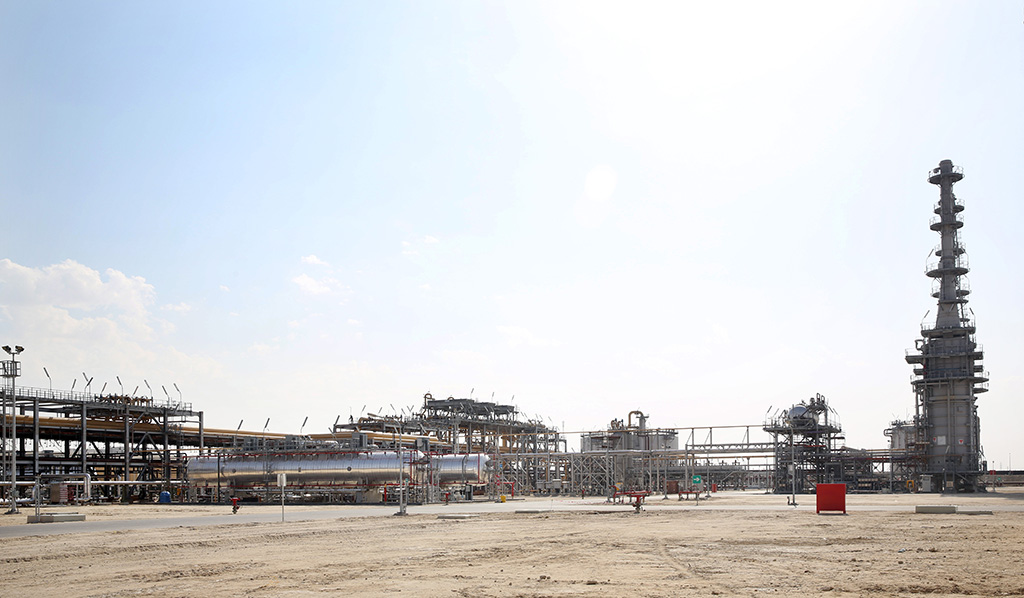
WK Gas Sweetening Facility (GSF) was commissioned in year 2010 with an intention to increase sweet gas export capability of WK and consequently reducing gas flaring. Comprehensive Operation and Maintenance (O&M) activities of WK GSF is being handled by M/s SPETCO.
GSF was originally designed to process 40 MMSCFD sour gas produced from West Kuwait gathering centers and provides produce sweet gas with the below mentioned specification:
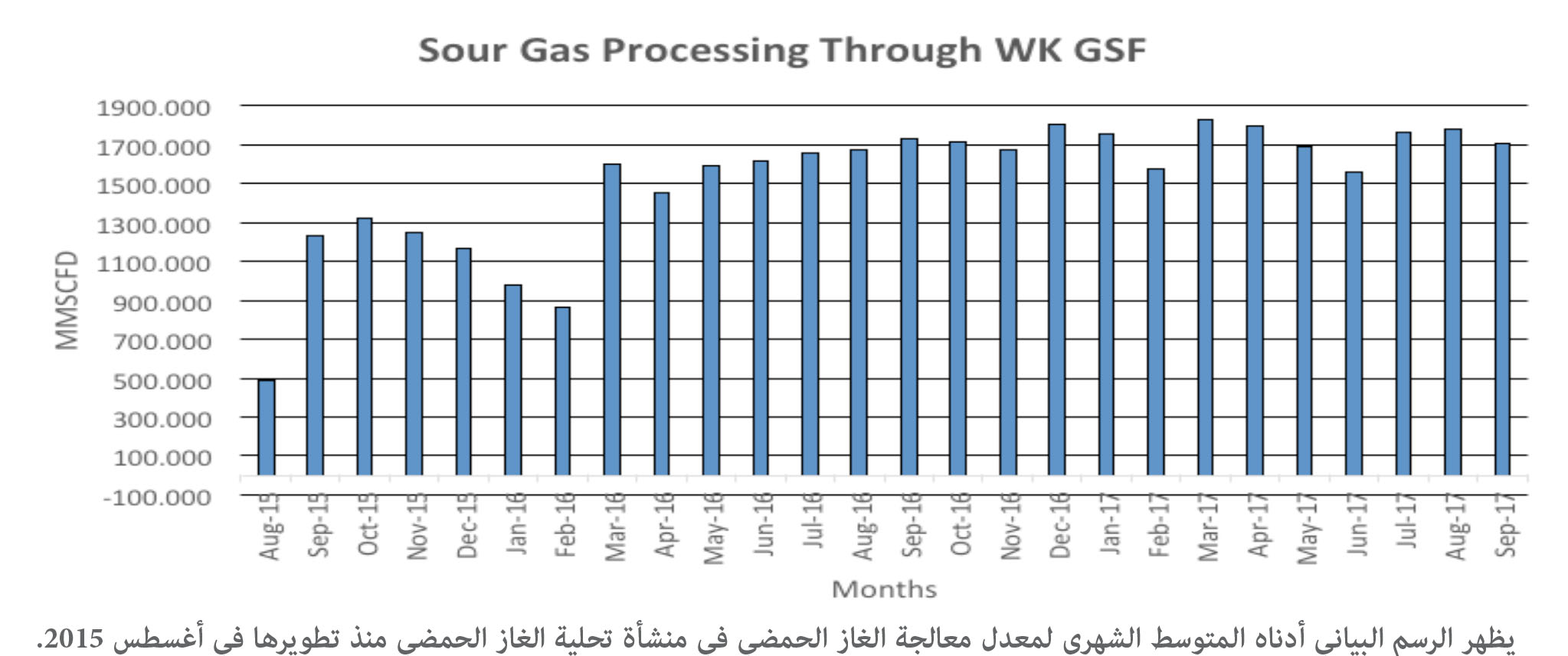
Hydrogen Sulphide: 4 ppm
Carbon Di-oxide: 1.5 mole %
Moisture Content: 7lb/MMSCF
The downstream Gas Sweetening facilities at Acid Gas Removal Plant (AGRP) at Shauiba refineries have inherent design and capacity limitations. This downstream processing bottleneck provides limitation for Sour Gas Transport from West Kuwait to refineries, thereby causing flaring of Sour Gas at West Kuwait.
The below infographics show the Sour Gas supply chain network for between West Kuwait fields and downstream consumers of refinery.
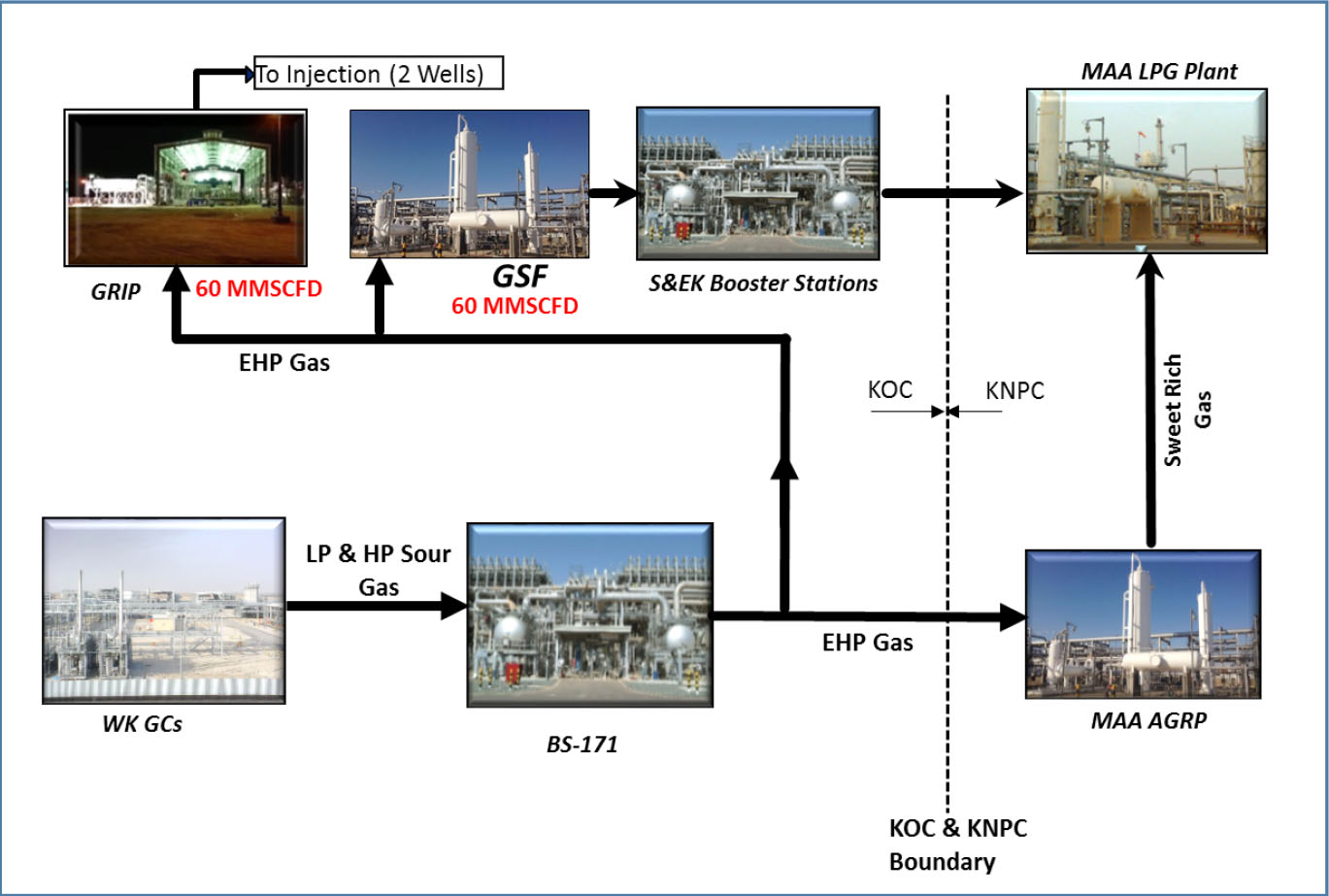
WEST KUWAIT SOUR SUPPLY CHAIN
In August 2015 WK GSF capacity was upgraded from 40 MMSCFD to 60 MMSCFD to reduce Sour Gas flaring at West Kuwait. Thus, GSF capacity upgrade from 40 to 60 MMSCFD contributed in flaring reduction from West Kuwait and increased reliability of sweet gas supply to MAA LPG Gas Plant through SEK sweet gas network.
The GSF basic objectives of Upgrade project consisted of two:
a) Upgrade sour gas handling capacity from 40 to 60 MMSCFD.
b) Increase reliability of GSF by upgrading critical process equipment.
c) Increase capacity to handle sour gas with higher Hydrogen Sulphide and Carbon Di-oxide Concentration.

A detailed technical study was conducted to identify the bottlenecks / hindrances for increasing the capacity from 40 to 60 MMSCFD and to improve reliability of operation to minimize unplanned shutdown. In addition, the study also highlighted number of solutions required for reducing turnaround time of the facility in case of any unwanted shutdown.
Based on the above study, some of the critical equipment like Stripper Column, Reboilers, DM Water system, Filtration Systems, Heat Exchangers, Control Systems, Electrical Systems, Flare systems etc. were upgraded to enhance GSF capacity, reduce number of shutdown requirement and turnaround time.
The upgrade project was implemented in a fast track manner to minimize the impact on gas flaring from West Kuwait. The entire project from approval to commissioning was completed ahead of schedule, in 193 days’ time against planned 220 days.
Below infographics show, the key benefits achieved by Kuwait Oil Company due to upgrade of GSF from 40 to 60 MMSCFD.
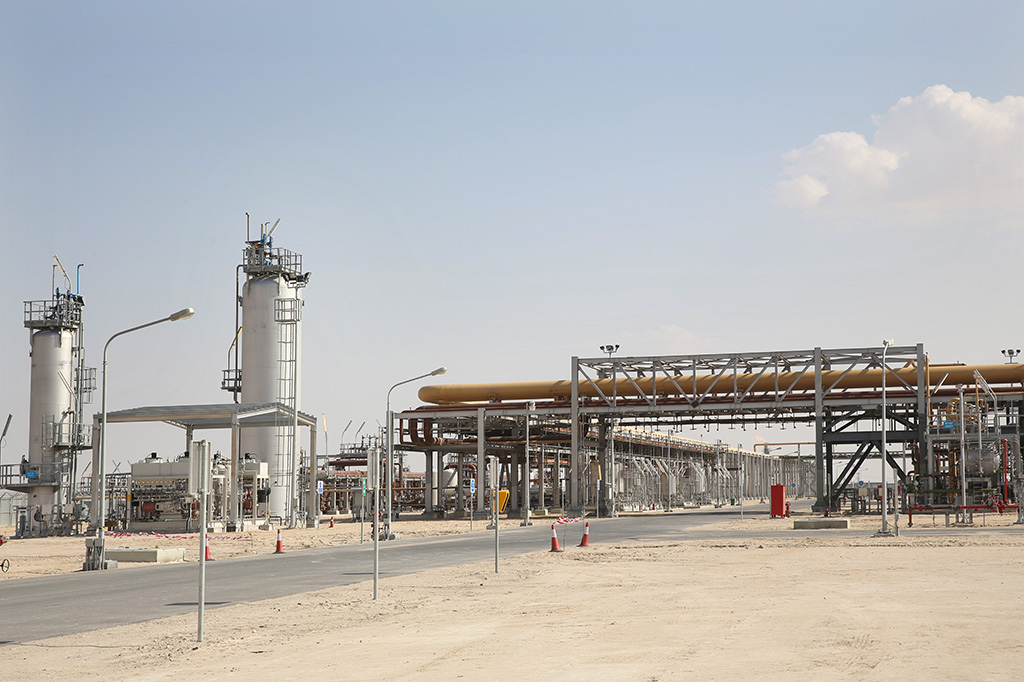
Since inception in August 2010, around 100 BSCFD Sour gas have been processed through WK GSF. There have been a significant increase between pre and post upgrade capacity utilization of GSF.
From August 2015 to April 2018 around 50 BSCF sour gas was processed through WK GSF. In absence of WK GSF, this amount of sour gas had to be flared to sustain the crude production target. Thus, GSF WK has played a key role in maintaining crude oil production without having to flare sour gas at WK, due to processing bottleneck at the downstream
AGRP Units in refinery. Reduction in flaring also benefited the environment by reducing greenhouse gas emission and demonstrated KOC’s commitment to reduce gas flaring.
Below graph shows the average monthly sour gas processing through GSF since the upgrade of the facility in August 2015.
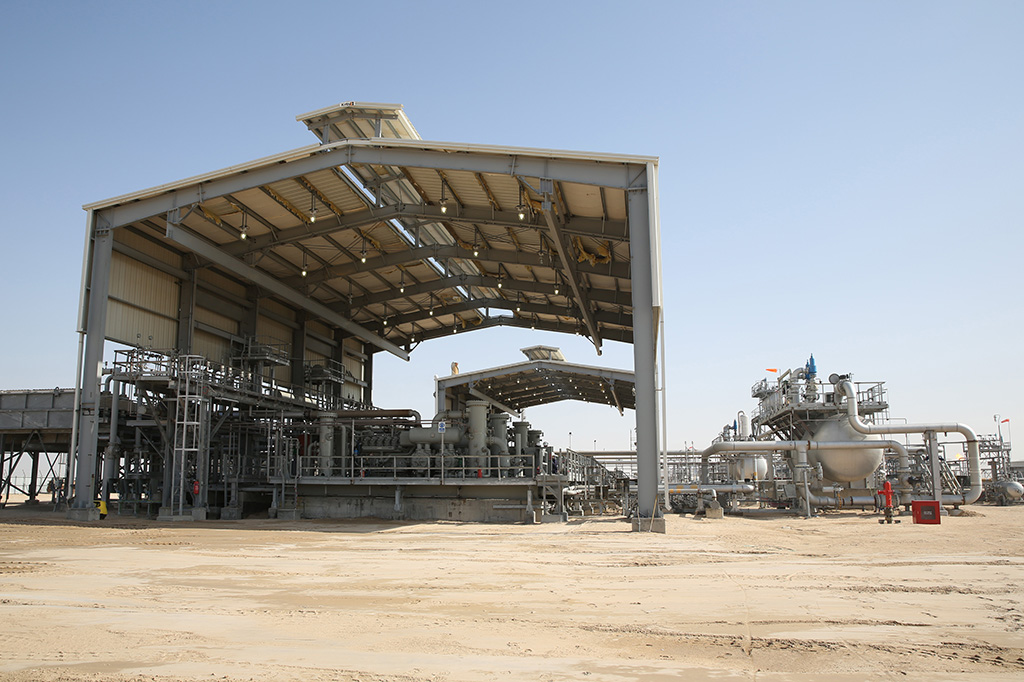
Moreover, this reduction is flaring is also converted in significant revenue gain to the Company directly from flaring reduction, in addition to indirect gain from oil production, enabling a very fast payback for the Project.
Implementation of this project have significantly contributed to the Company’s strategic objectives and country’s energy security in the following ways:
Faring reduction and Utilization of produced associated gas.
Higher utilization of hydrocarbon value chain by extraction of value added products
like Ethane, Propane, Butane and Naphtha from rich gas at downstream facilities.
Higher capacity utilization of crude oil production facilities.
Increased availability of lean gas for domestic power generation.
Collaborative project implementation by involving regional companies in project implementation.